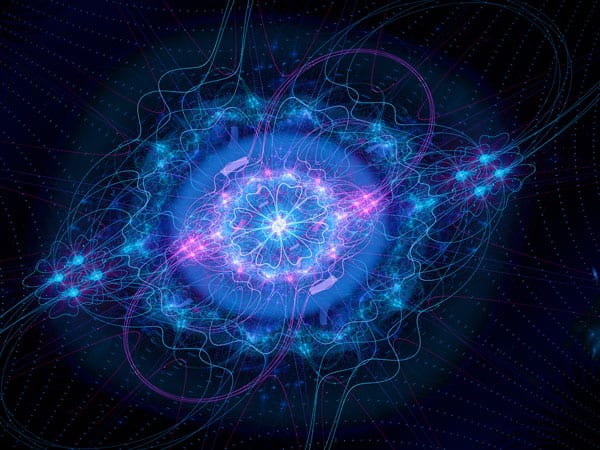Out of the Ordinary
Higgs boson, ‘God particle,’ thought to be discovered, will help scientists understand mass
Meredith Dobes

Higgs boson, the particle predicted in 1964 by Peter Higgs that fills elementary particles with mass, is believed to have been discovered by scientists at CERN, the European Organization for Nuclear Research.
A particle the organization discovered appears to look like a Higgs boson, but CERN scientists say they need more data to fully understand how the particle works.
Scientists are unsure if there is only one Higgs boson, as predicted, or if the particle discovered is part of a set of Higgs bosons. To determine this, scientists will measure the particle’s spin and decay, according to the New York Times.
CERN’s particle collider will be repaired for the next two years, but scientists look forward to conducting new collisions in 2015.
The particle thought to be the Higgs boson was discovered last July among subatomic debris in CERN’s collider.
“I’m confident that it’s a Higgs particle,” Joe Incandela, spokesman for CERN said. “I don’t need to call it Higgs-like anymore. I may need to eat my words one day, but I think that’s very unlikely.”
A Higgs boson particle is supposed to have no spin and disintegrate into other subatomic particles upon its creation. So far, the particle CERN has discovered fits these characteristics.
If there are different varieties of the Higgs boson, part of a theory called supersymmetry, this will help scientists understand dark matter and the entire place of the Higgs boson in nature.
The Higgs boson particle is nicknamed the “God particle” because of its predicted responsibility for mass.
“You can think of it as a kind of molasses-like bath that’s invisible, but yet we’re all immersed within it,” Brian Greene, theoretical physicist at Columbia University told CNN. “And as particles like electrons try to move through the molasses-like bath, they experience a resistance, and that resistance is what we, in our big everyday world, think of as the mass of the electron.”












